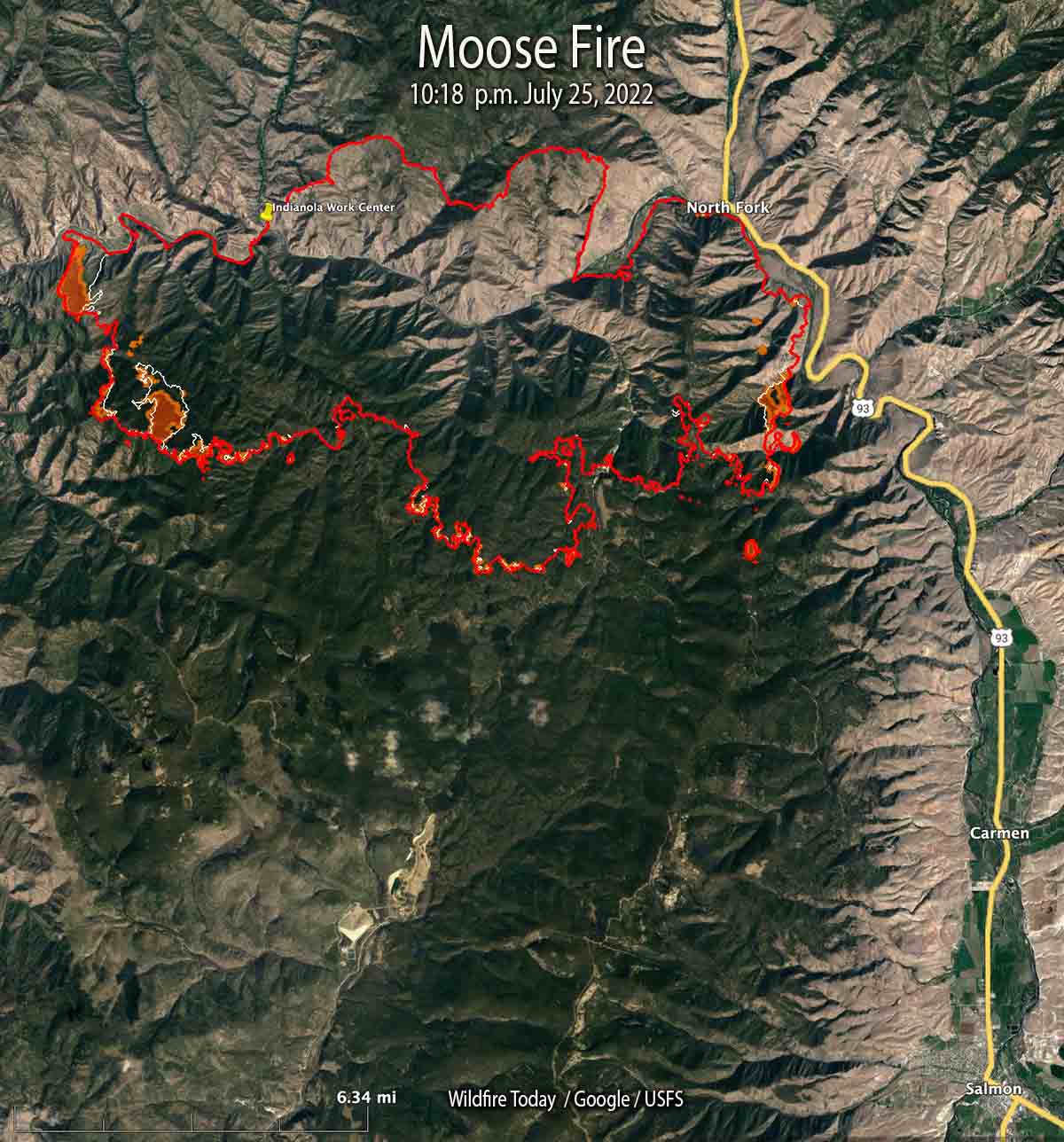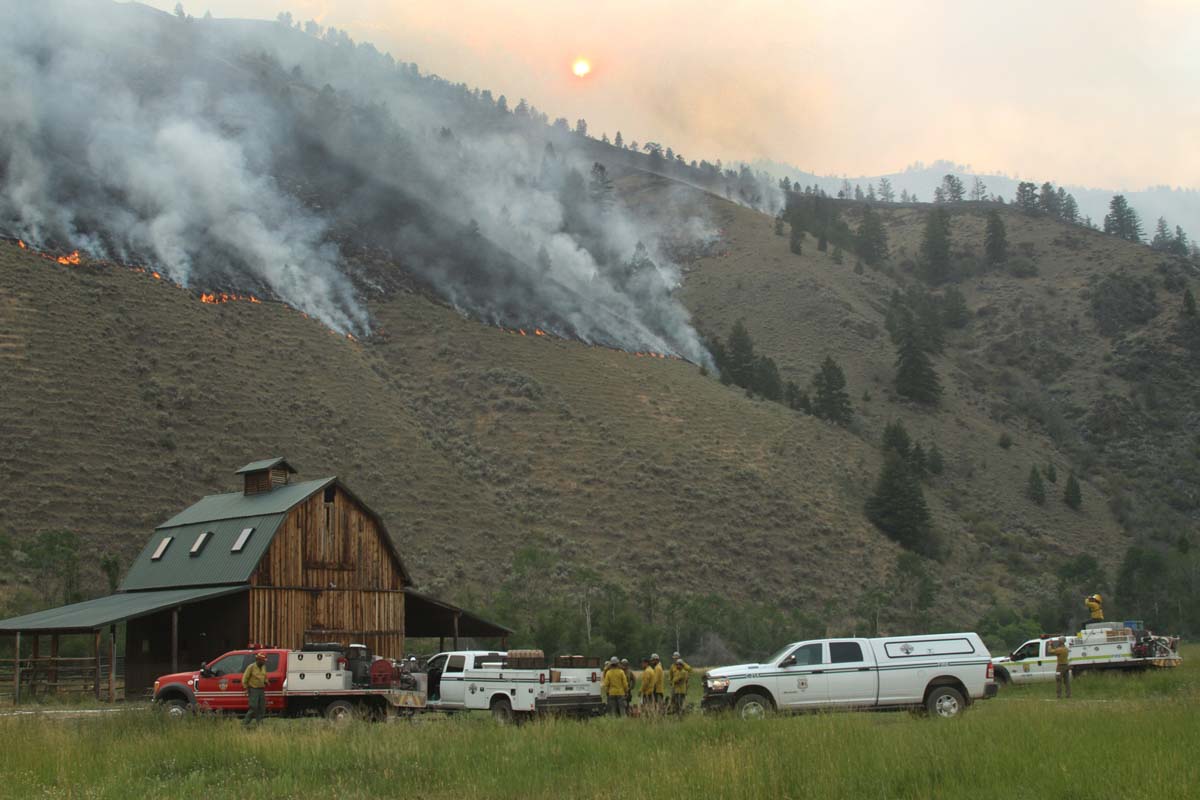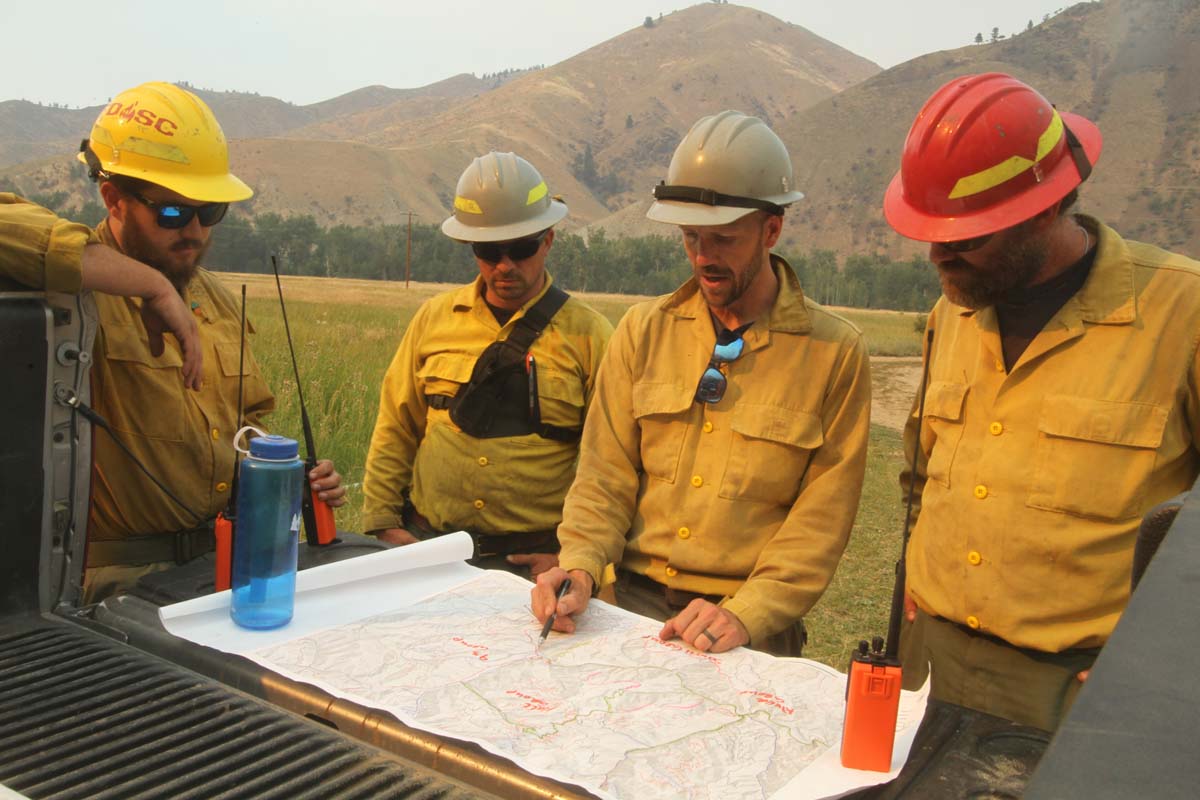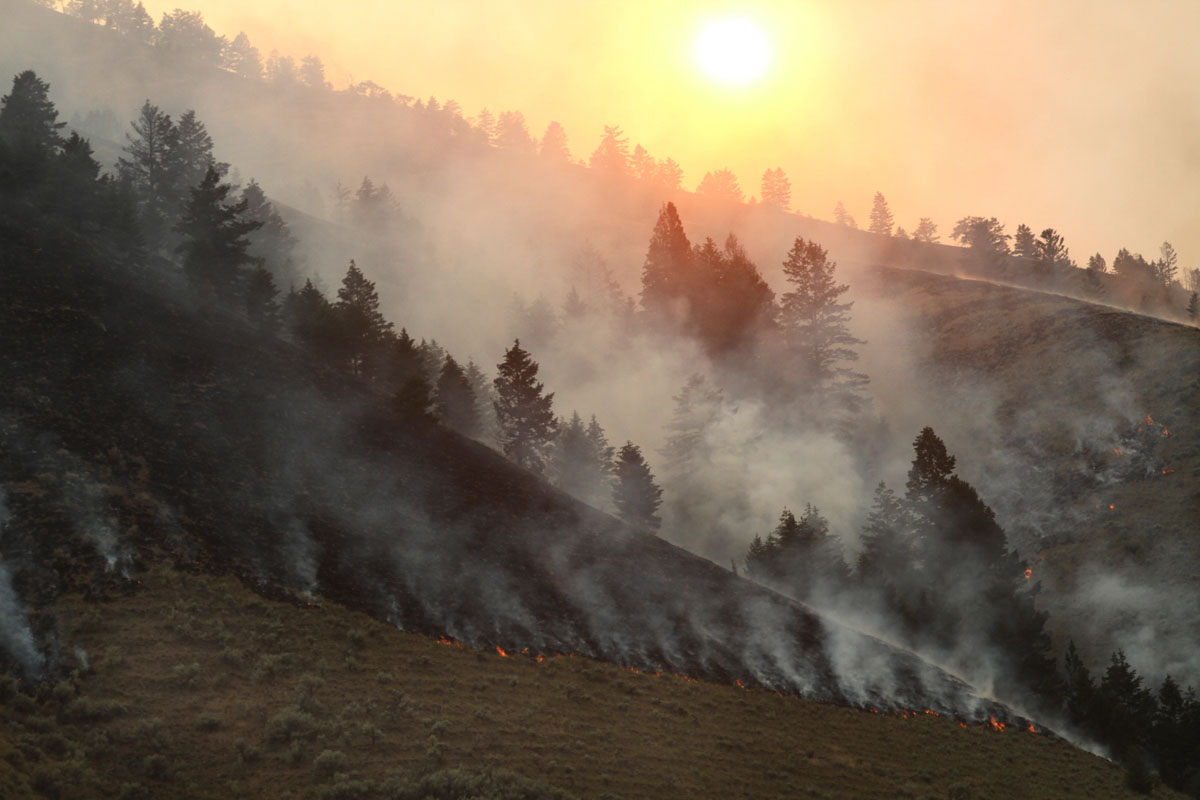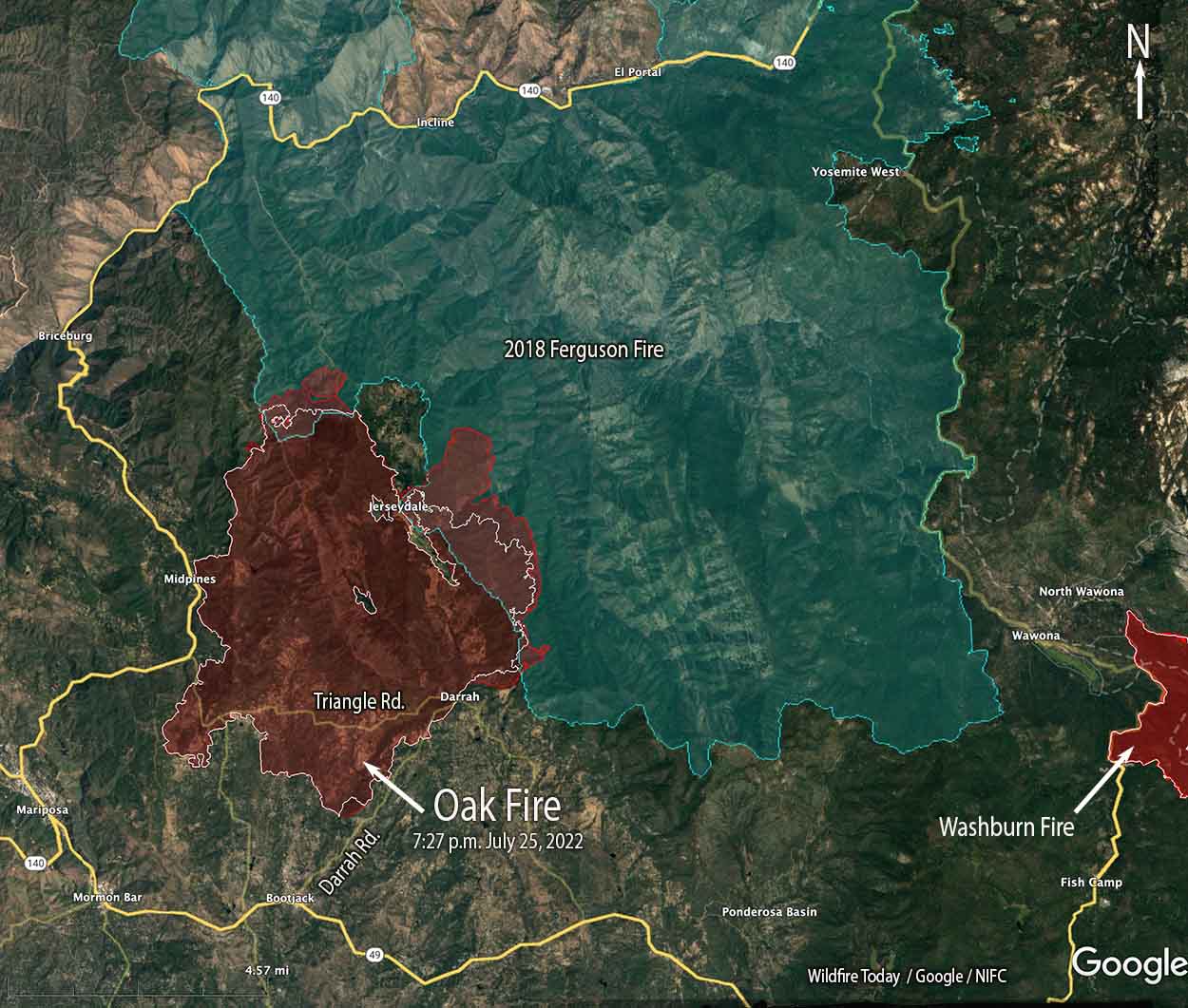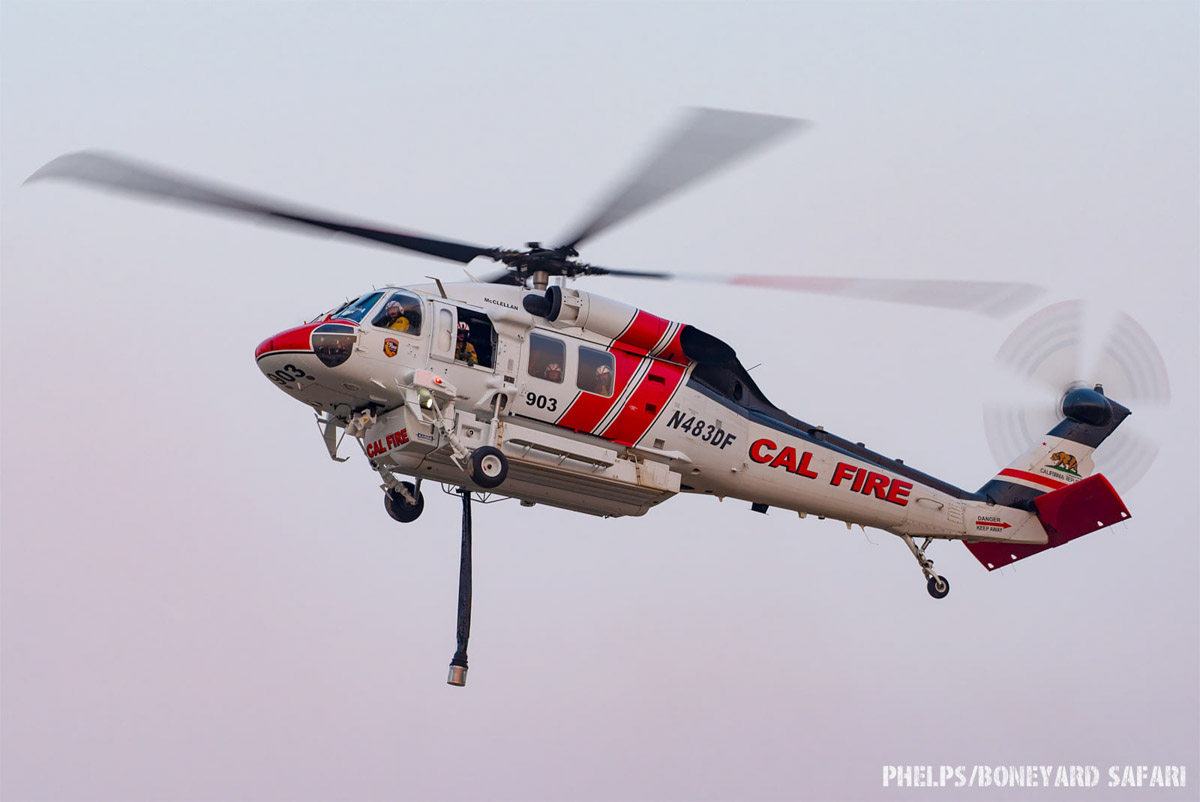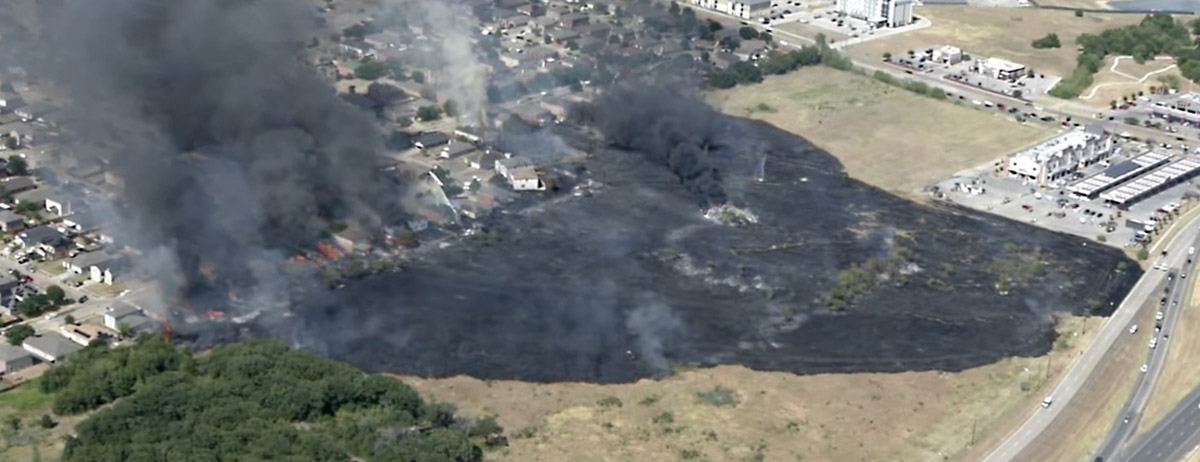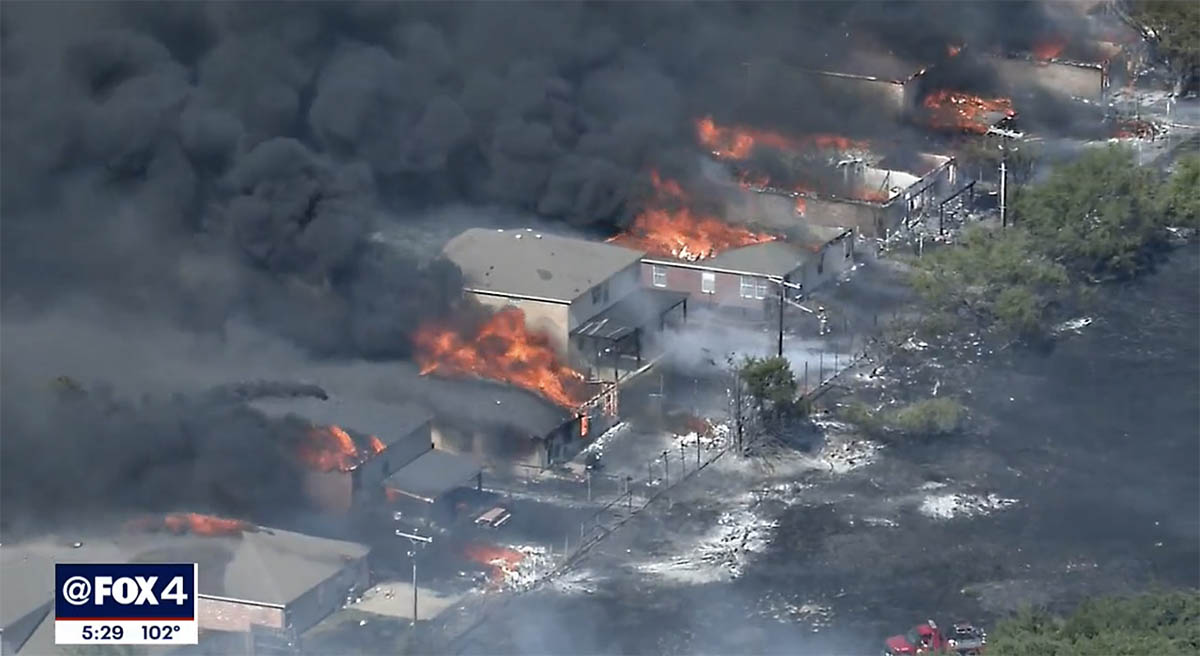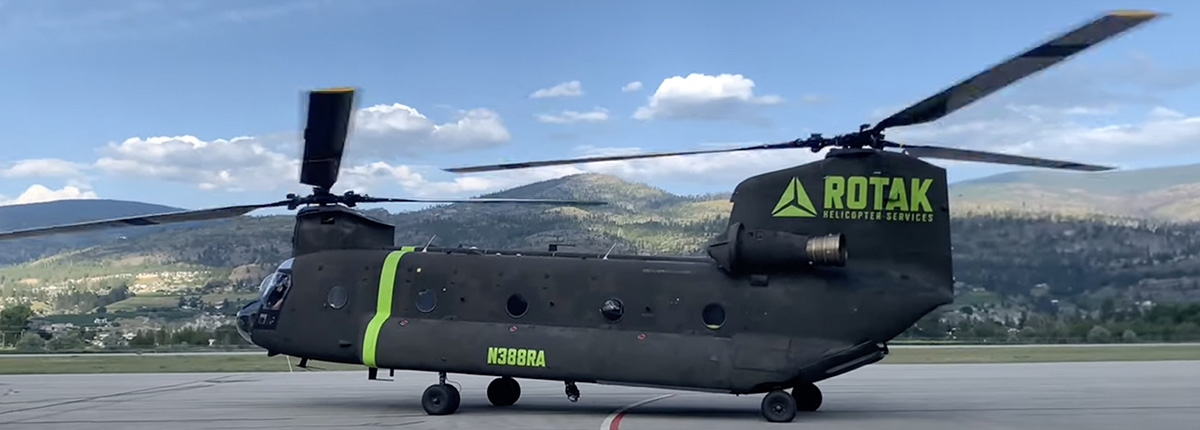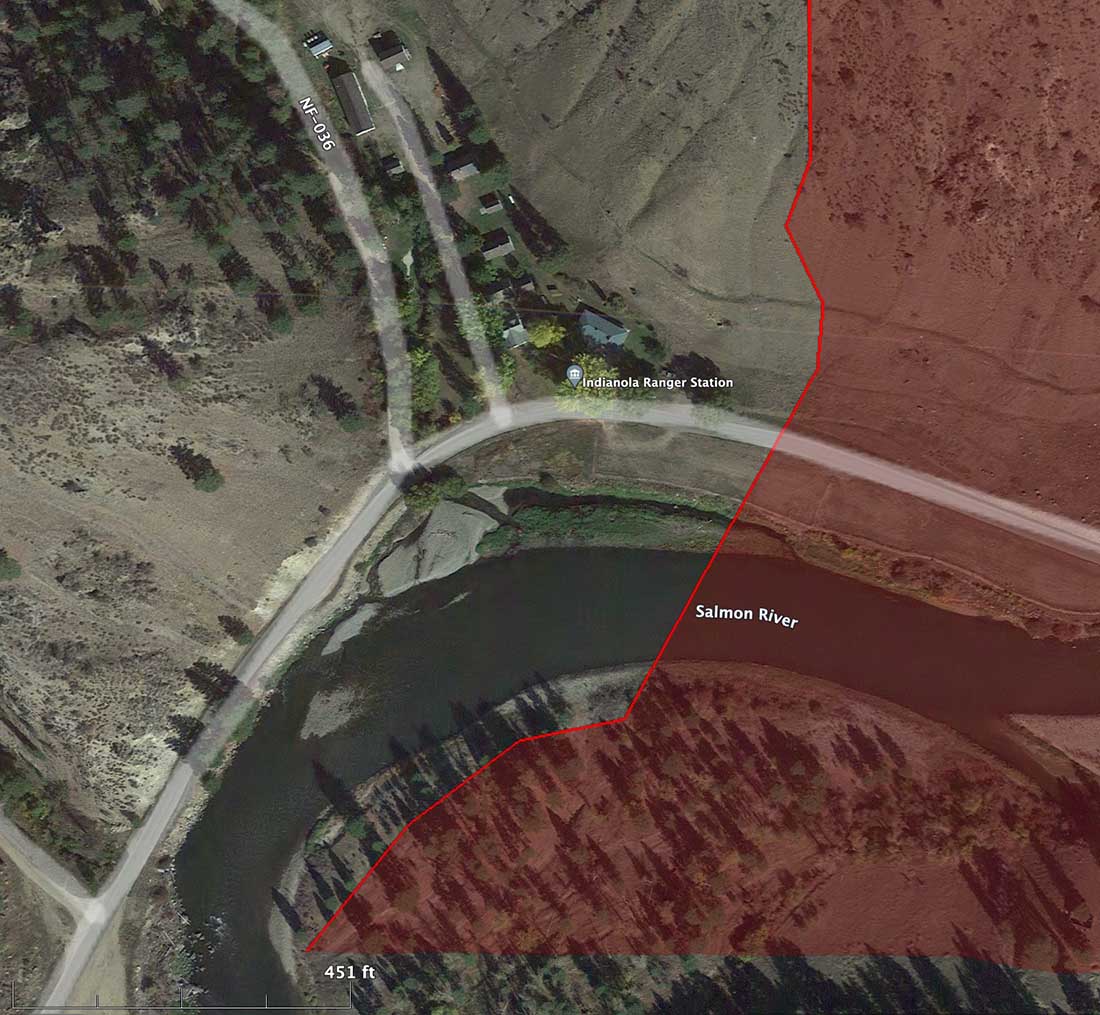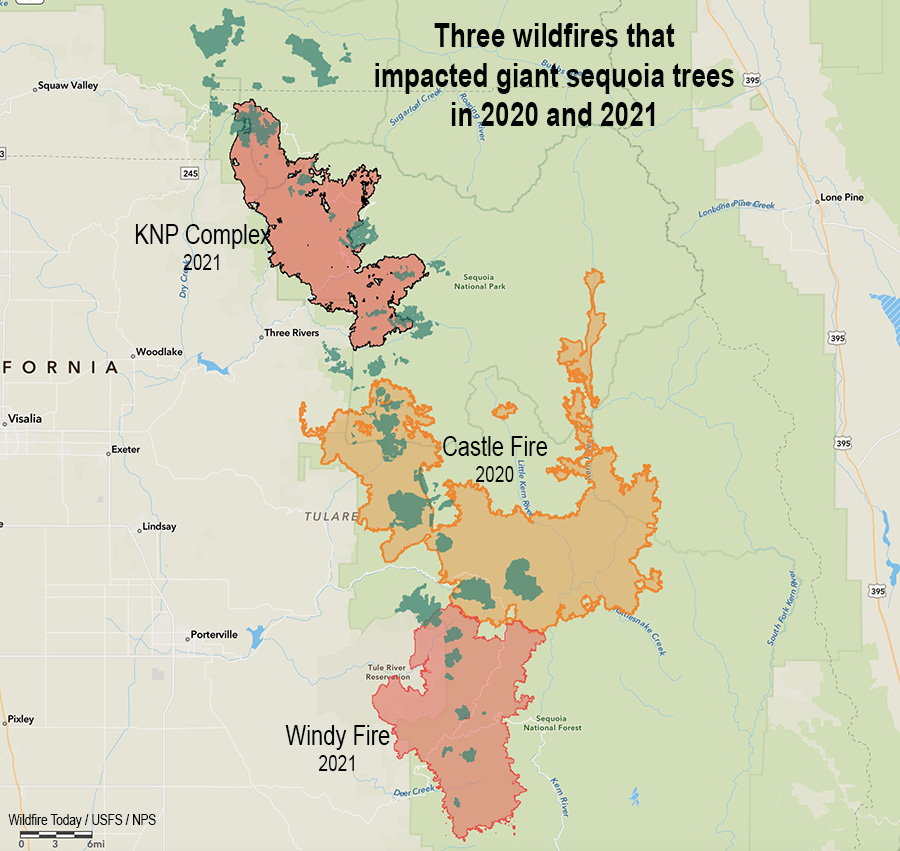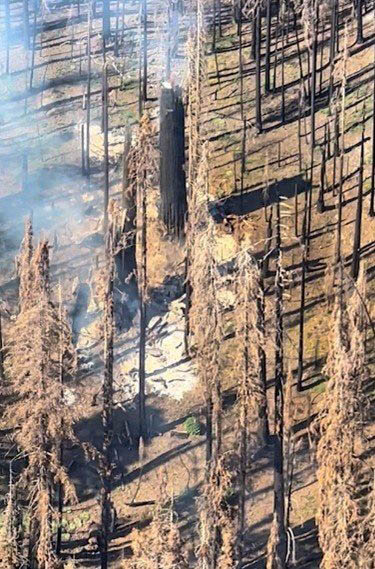The U.S. Forest Service announced Tuesday that they are withdrawing the draft Decision Notice and Finding of No Significant Impact issued in March for the 50,566-acre Santa Fe Mountains Landscape Resiliency Project. It would involve prescribed fire and vegetation thinning treatments on 36,680 acres east of Santa Fe, New Mexico on a landscape scale. Each year at least 750 acres would have been thinned and up to 4,000 acres would have been treated with prescribed fire during a 15- to 20-year time frame.
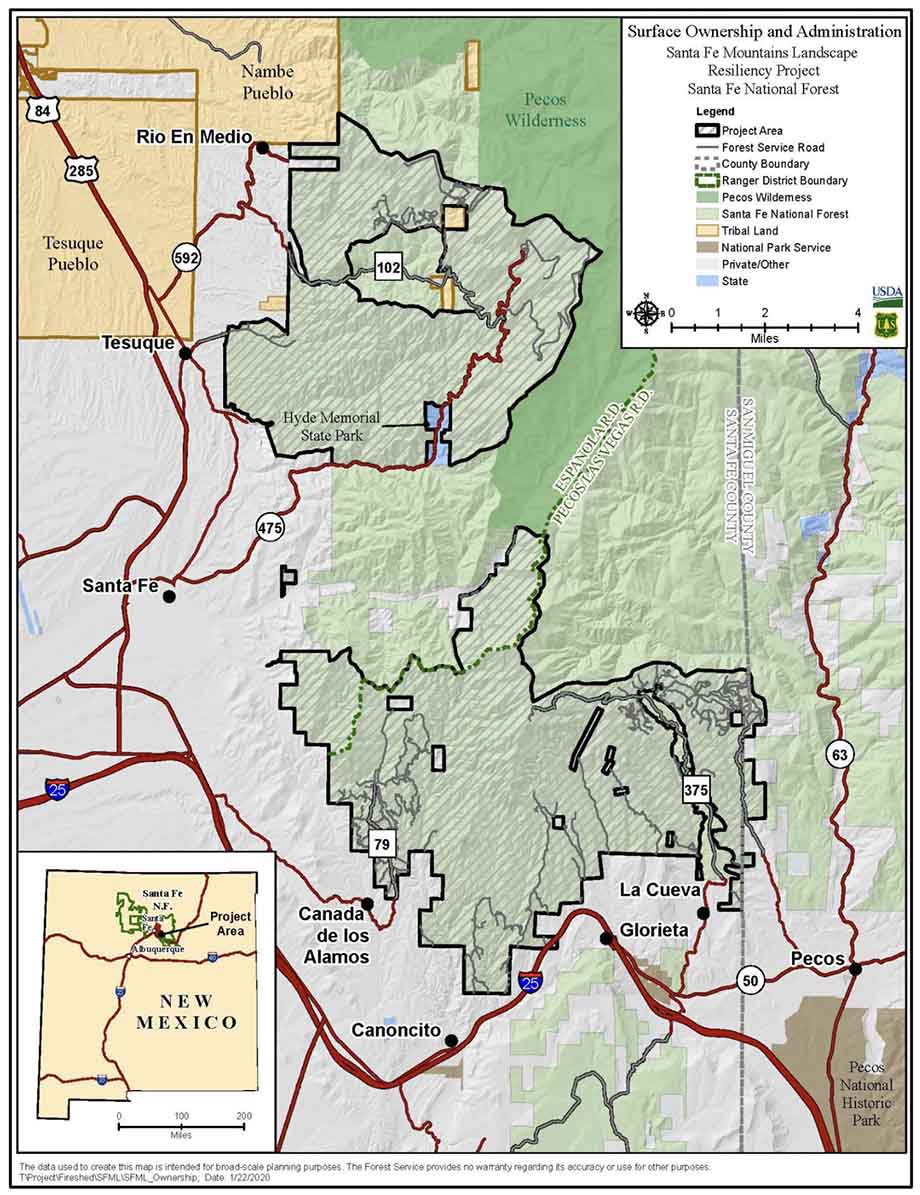
On July 12 the Board of County Commissioners of Santa Fe County passed a resolution urging the FS to conduct a full Environmental Impact Statement (EIS) for a planned very large fuel management project. The FS went through the much less complicated Environmental Assessment (EA) process, which included the draft EA, public outreach, and accepting comments, then issued a Finding of No Significant Impact (FONSI) which they felt enabled the implementation of the project.
The statement issued by the Santa Fe National Forest dated July 26, 2022 said, “The SFNF is taking this step to reengage with our partners and community on this very important project to improve forest health in and around Santa Fe…Our intent is to reinitiate the decision and NEPA process for this project after the Chiefs 90-day pause with the publication of a legal notice in the Albuquerque Journal, the newspaper of record. If you previously submitted an objection to the final environmental assessment and draft notice of decision, you will need to resubmit your objection at that time.”
After three prescribed burning projects on the Santa Fe National Forest got out of control since 2018 and had to be converted to wildfires, some of the locals are worried about future projects on the forest.
The current 341,735-acre Calf Canyon / Hermits Peak Fire is the result of two prescribed fires that escaped control earlier this year on the Santa Fe National Forest. One was a broadcast burn that crossed control lines during strong winds. The other originated from slash piles that were ignited in late January that continued burning for months. In mid-April one or more of those piles became very active during strong winds and merged with the other escaped fire on April 22. The fire has destroyed at least 400 homes, forced up to 18,000 people to evacuate their properties, resulted in flooding, and cost more than $248 million in firefighting expenses.
In 2018 another pile burning project on the Santa Fe escaped months after it was ignited and had to be converted to a wildfire. A Facilitated Learning Analysis found that “communication” and “prescribed fire preparation and risk” were common themes.
The notice from the FS is below.
[pdf-embedder url=”https://wildfiretoday.com/wp-content/uploads/2022/07/USFS_withdraws_Decision_Notice.pdf” title=”USFS withdraws Decision Notice Santa Fe National Forest”]
The USFS documents regarding the project can be found here.

